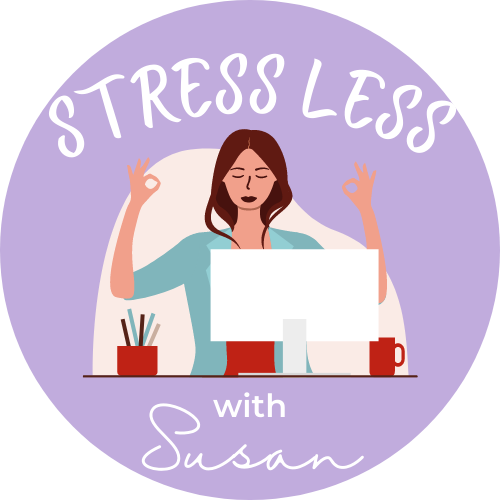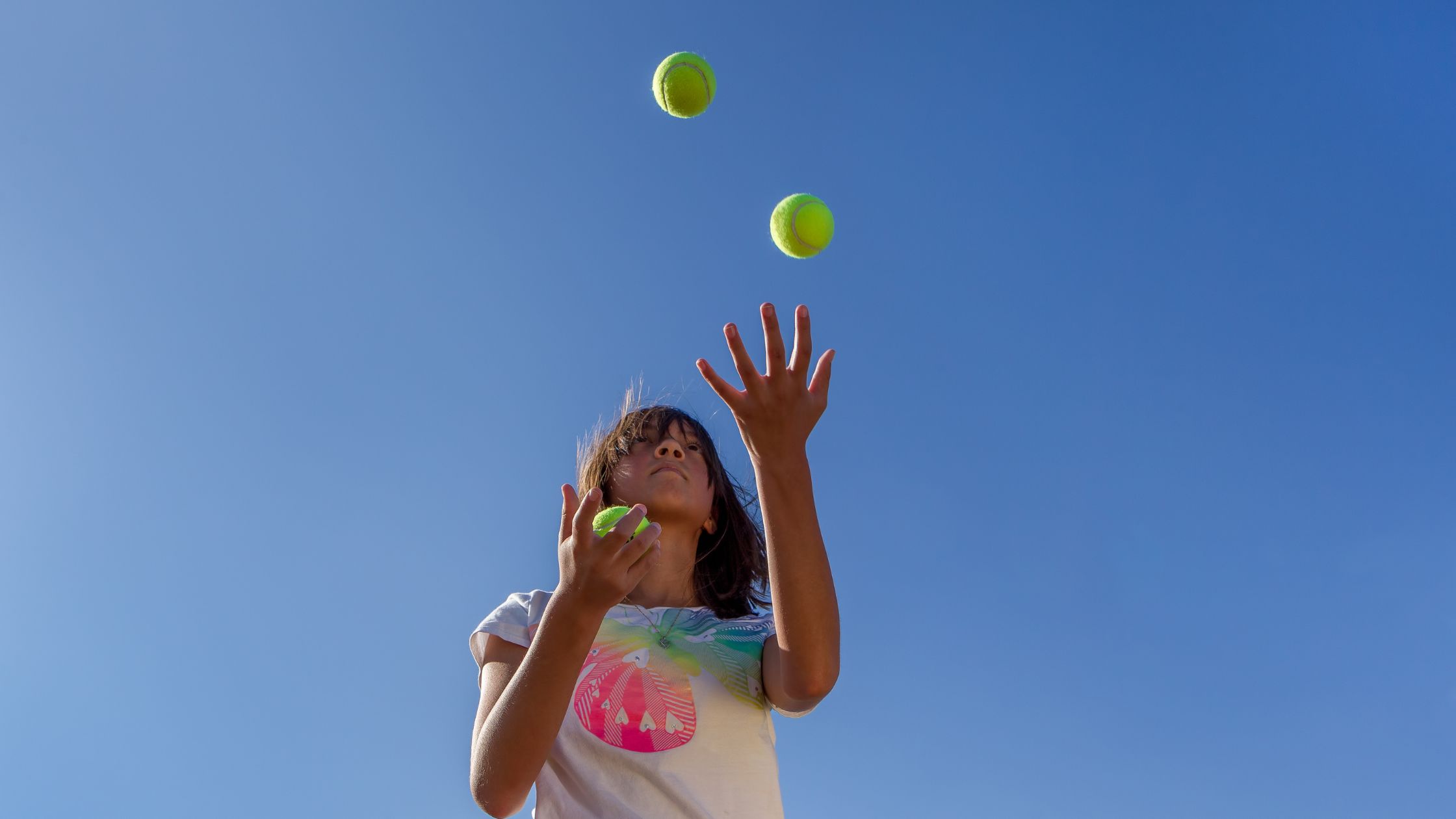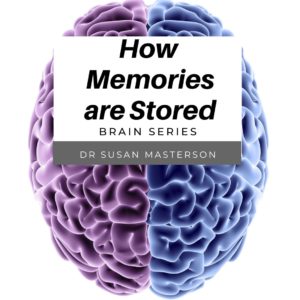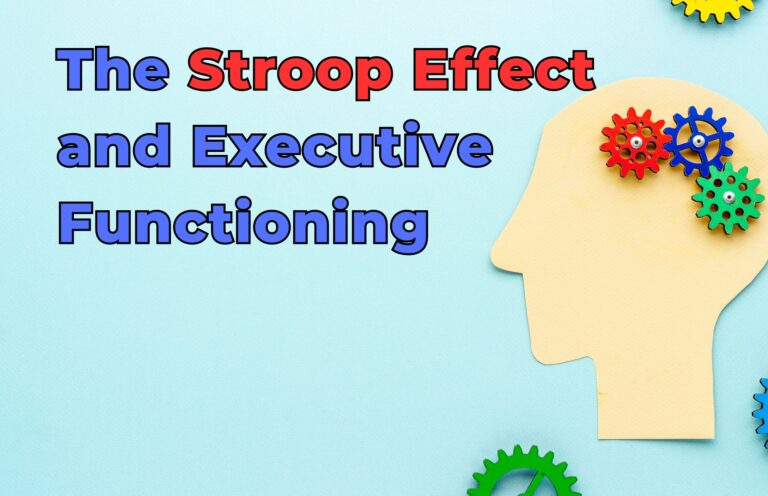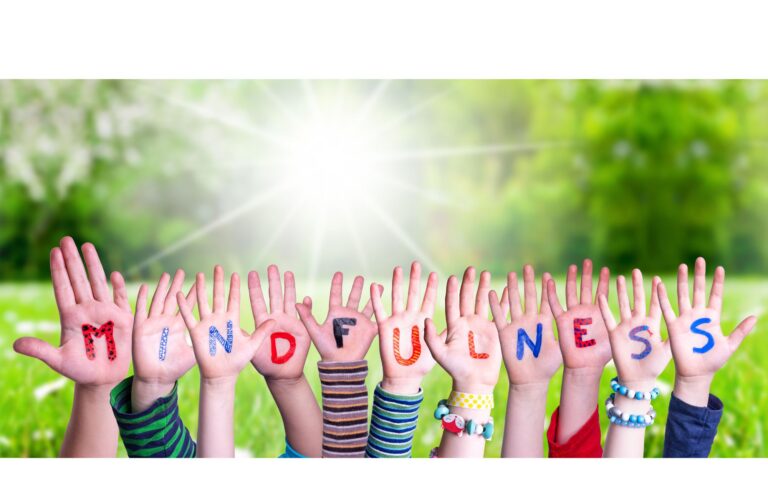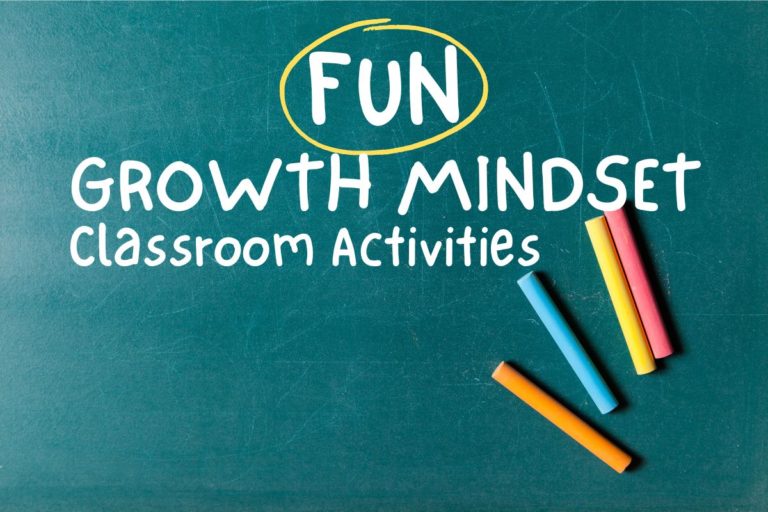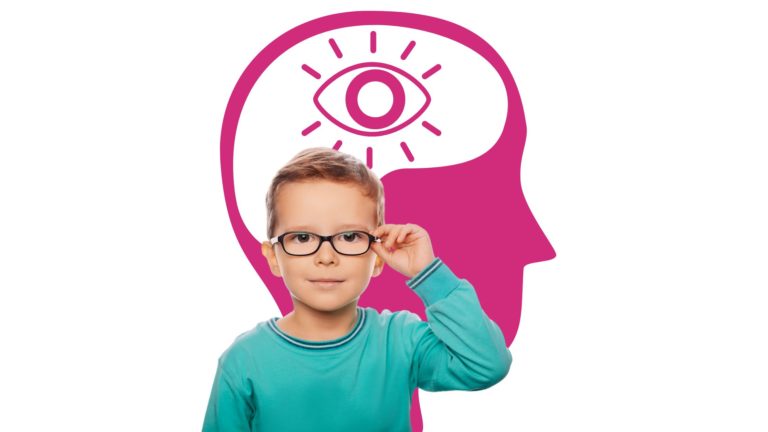Working Memory Defined and How if Affects Learning
If you’ve heard the term “working memory” and thought “yeah, I kind of know what it is but can’t really put it into words”, then read on, this is for you. This post will include:
- A definition of working memory that makes sense, with examples.
- The role of attention in working memory.
- Auditory and visual working memory.
- An explanation of working memory capacity.
- Working memory tasks and exercises that can help you strengthen it in yourself or help students build it up.
Researchers point to working memory as a significant contributor to processing speed, reasoning, and even intelligence. In other words, if you struggle with working memory, it will really hurt you.
Working Memory Defined
Working memory is the ability to hold and manipulate information in your mind for a short period of time. Think of it as a “mental workspace” where we hold one or more bits of information in our minds while we think about other bits before we put it all back together. We need it to learn, solve problems and make decisions.
At any given moment, you have one piece of information right at the forefront, but you have to hold the other bits off to the side without letting them go away. Then you have to go back and grab it when you need it to give the answer or complete an action.
For people who struggle with working memory, it can affect so many areas of life. Here are just a few examples of how we use it:
- When we follow multi-step directions: As we start the process, once we start to complete one step, we still have to have the others readily available to “grab” when it’s time to do them.
- When we do math: For kids who can’t remember that when we add 1+1 it equals 2, that’s because there’s a whole lot of information to juggle at once. You have to remember what “1” is, first of all. Then you have to remember what “+” or “add” means. Then you have to go back and remember what two numbers you were supposed to add. Then you have to figure it out by counting on your fingers, or whatever you do to come to the right answer. That’s quite a bit of information to hold right there while you’re working on the problem, isn’t it?
- When we are driving: Let’s say you are driving to a new place called “Smithtown” (without turn-by-turn audio directions). You see a sign that says, “Smithtown exit 1B”. You pass that sign pretty quickly but have to hold it in your mind while you look for the correct exit. Your attention needs to be on driving, but you keep that little tidbit off to the side while you drive and keep your eye out for it. You may see exit 1A first, but need to remember that it’s B, not A. S
- Side note: All those other signs you saw before the one you were looking for? You used selective attention – you disregarded them while you kept looking for the one you need. You probably don’t remember what they all said after the fact, because you didn’t let them into the mental workspace.
The role of attention in working memory.
Attention is a critical component of working memory, as it allows us to focus on the information we need to remember while filtering out distractions (selective attention). We also need to sustain that attention long enough to get all the information that’s coming at us.
When we pay attention to information, it is more likely to be encoded into our working memory and retained for later use. However, if our attention is divided or we are easily distracted, our working memory can suffer. Strategies such as mindfulness and meditation can help improve attention and therefore enhance working memory.
Auditory Working Memory
As we pay attention to sounds we hear, we use auditory working memory to hold and mentally manipulate them in our mind’s “ear.” We need it for so many things we do, such as following verbal instructions, remembering and recalling spoken information, and engaging in conversations. It allows us to hold on to and process what we hear in real-time, so we can understand and make sense of what we hear, so we can solve problems and make decisions.
People with strong auditory working memory skills are often able to maintain focus during conversations, accurately remember and repeat complex verbal instructions, and effectively process and respond to what we hear. Training and enhancing auditory working memory can be beneficial in schools, at home, basically everywhere we go in life. Take a look at this list and see what you’d like to try:
Visual Working Memory
Similar to using our mind’s “ear” for auditory working memory, we use our mind’s “eye” for visual working memory. It’s a skill that allows us to recall what we just saw (recent or longer) while we process it in conjunction with some other task like remembering where we turned when driving, where we saw something on the self when we’re comparing products, etc.
In educational settings, it’s critical to learning, but people with executive functioning difficulties may struggle to remember basic math concepts or answering questions about text or pictures.
What is working memory capacity?
Working memory has a “size”. Just like a desk, you can’t fit everything in/on there. We can hold chunks of information at any given time. Early memory researchers determined that the maximum sized chunk most people can hold is about seven units (just like a phone number without the area code). For kids who really struggle with working memory, they may not even have enough “mental workspace” for that many yet, but we can stretch it with lots of repetition. Why is that? as we gradually add elements to the “workspace”, we have to try a little less hard to remember the earliest ones.
Strategies for improving working memory.
There are several strategies that can be used to improve working memory.
- One effective strategy is to break down information into smaller chunks or pieces. This can make it easier to remember and process the input. For someone who has an impairment, this means you may need to start with smaller chunks than you might think. Then you can gradually increase the amount of information as they practice and get better.
- Another strategy is to use visualization techniques, such as creating mental images or diagrams, to help encode information into working memory.
- Additionally, practicing mindfulness and meditation can help people train their minds to attend to what we mean to rather than let our attention wander all over the place.
The key with all of these strategies? PRACTICE, PRACTICE, PRACTICE!
